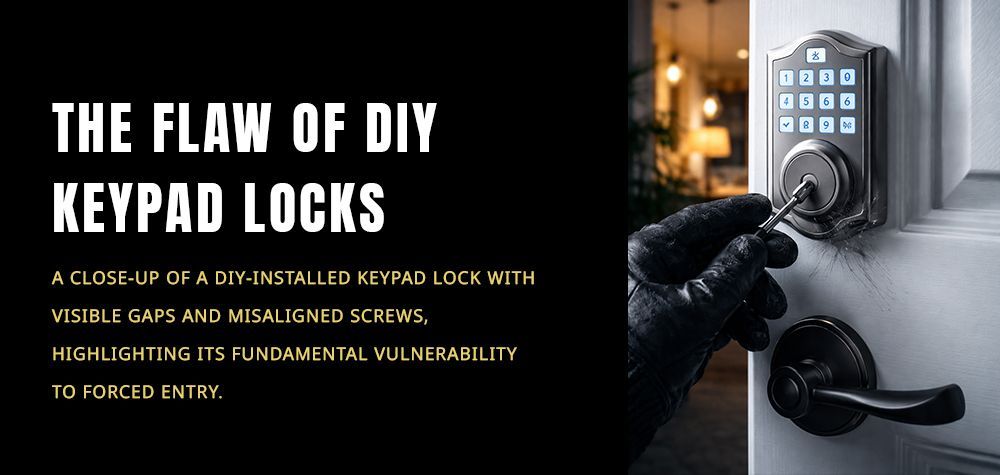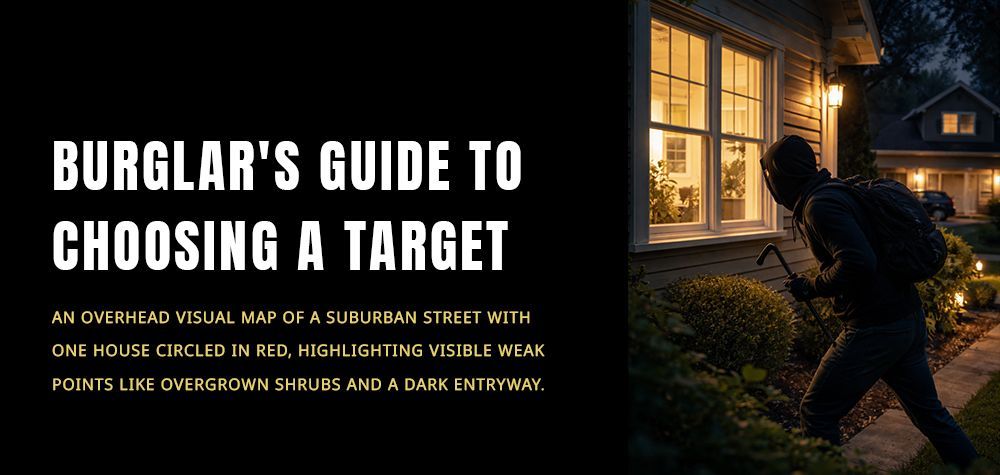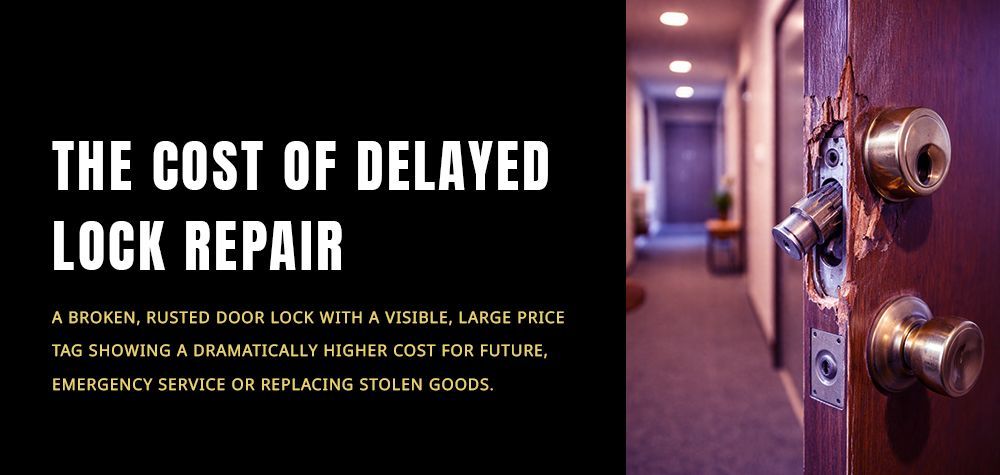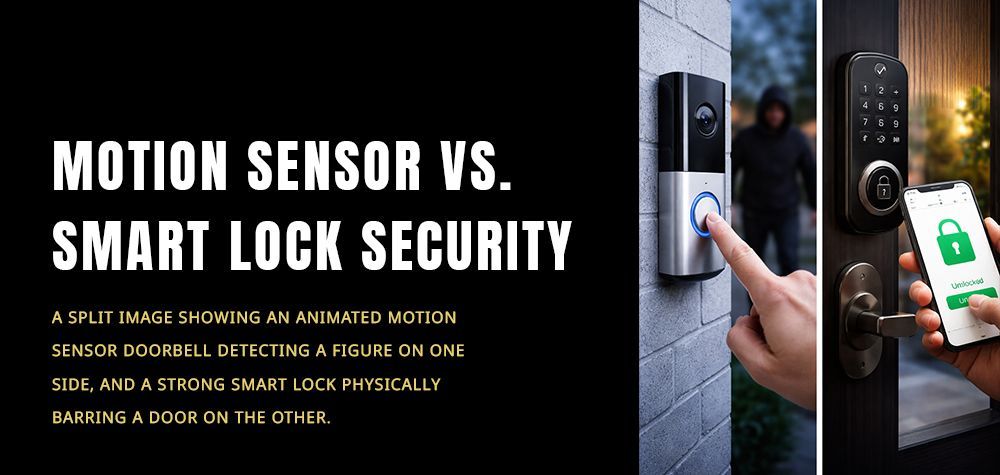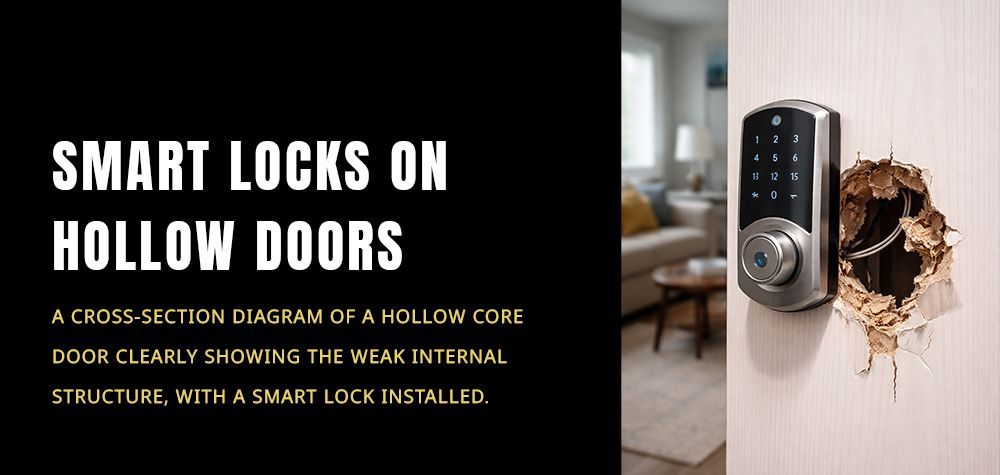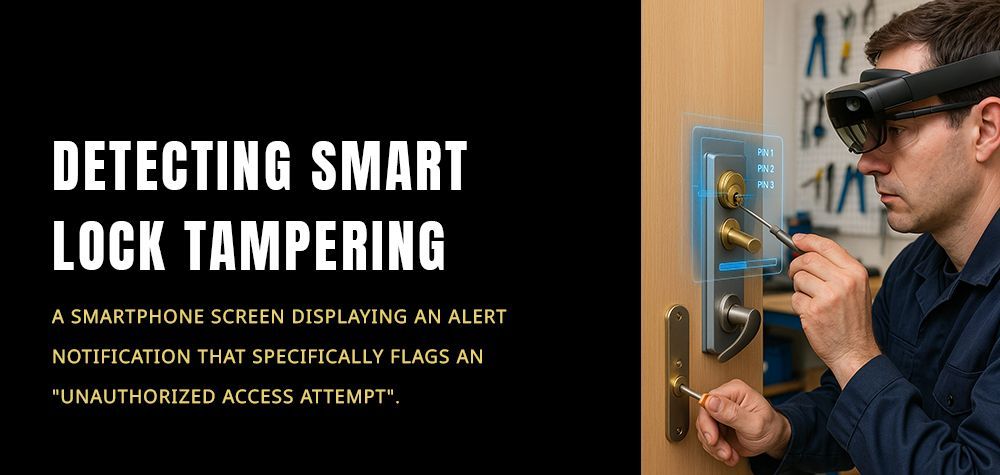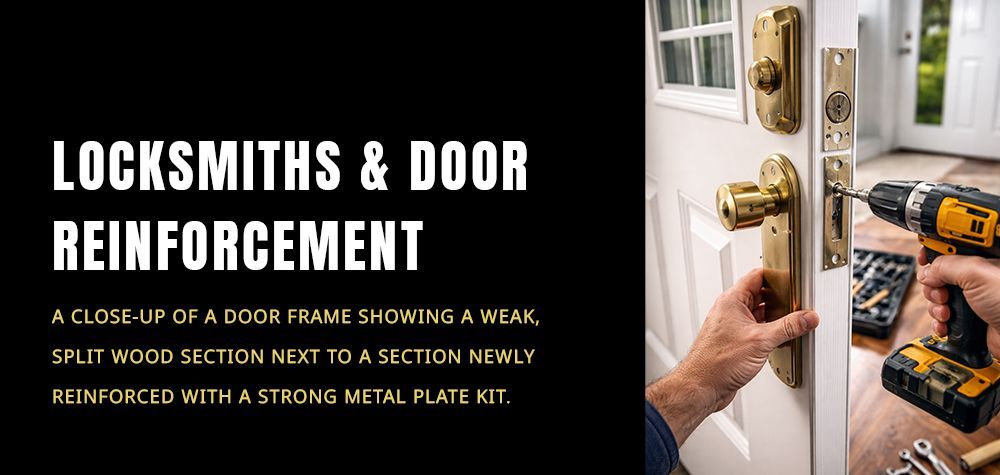What to Do if You Get Your Key Stuck in a Lock
You are late home from work, the weather takes a turn for the worse, and just when you don’t need it, your house key gets stuck in your front door.
It is one of those heart-stopping moments that we will probably all be unlucky enough to experience at some point in our lives. As the rain starts to soak through your clothes, it can be tempting to yank and pull at the key, but this will only make the problem worse.
So what can you do when you get a key stuck in a door?
Read our guide below, and we will give you some top tips on how to get your key free as quickly and easily as possible.
Why Do Keys Get Stuck?
There can be several reasons why a key may get stuck in a lock. The most common is that the lock has not been lubricated very often, and the internal mechanisms have started to grind against each other and the key causing damage.
Another reason is that the keys are quite old and the teeth on them have been worn down with use. If you have an ancient set of keys, then it is best to make sure you get them recut to avoid this.
Another reason could be the lock itself malfunctioning as parts become loose or dislodge from their original setting. To fix this, you will need to replace the lock altogether and have new keys cut.
Finally, the weather can sometimes be a factor in outdoor locks. Extreme heat will sometimes cause the metal to warp. Extreme frost can cause keys that are left in locks permanently to get stuck and even cause metal fatigue making them break.
What You Shouldn’t Do With A Stuck Key
Don’t Panic!
If you panic, you may end up doing more harm than good. It may seem desperate at first, especially if it is your house key, but take a moment to take a deep breath and relax.
Panicking could lead to you bending the key or causing further damage to the lock. Keep a cool head as you will need it to begin fixing the problem.
Don’t try and take the lock apart yourself.
You need a trained locksmith to take apart a lock properly without jamming the door or causing more damage than is necessary. If the key has broken off inside the lock, you need to call a professional locksmithing service to help you.
Fixing a stuck key can be easy enough if you follow the right steps. Do not shake or yank the key or kick at the door, however, tempted you may be. More likely, you will end up doing far more damage to the door and possibly yourself this way.
Remain calm and follow the tips below and avoid ending up with a broken key.
How To Remove A Stuck Key
Firstly, you need to take your time. Often the problem will not resolve itself quickly, so try each step and see if it works. If not, try the following step.
Sometimes you will find that a combination of all the steps will be enough to get a really stuck key free as each process moves you closer to your goal.
1. Gently Jiggle the Key
Sometimes the stuck key has just caught itself against one of the lock pins. Yanking on the key at this point will simply bind the pin tighter to the key stuck in the lock.
Gently jiggle the key from side to side whilst apply a very slight pull pressure. If you feel movement, great, keep it up. Don’t be tempted to pull hard; just keep jiggling and gently pulling.
If this action is enough to free the stuck key, then eventually, you will be able to wiggle it loose. Once the key is free, you may want to consider a door lock replacement before the problem happens again.
2. Ice The Lock
If the weather is hot, then the lock may have slightly swollen in the heat. You can counteract this by applying ice to either side of the key as you try the jiggle removal mentioned in the step above.
Sometimes icing the lock and the key is enough to get the pin to release. Even if the weather is not warm, you may find this technique works quite well.
The best way is to put some ice cubes in a plastic bag and hold them up to the lock and key. Hold them there for a few minutes to give the metal time to contract. Then jiggle and gently pull the key loose.
You may need to apply the ice at different stages of the process to help the entire key contract along its length. Stop when you feel the key stick and reapply the ice. Keep doing this until the key has worked itself free.
3. Stabilize the Lock
Some locks tend to slip out of place as you use them. The fascia, in particular, can slip in any direction away from the tumblers making the passage narrow. This will cause your key to feel like it is stuck.
Try adjusting the lock with your spare hand to see if you can feel any movement. If you can, readjust the lock back to its original position and hold it there. You may now feel that the stuck key feels looser, and you might be able to move it.
Again don’t be tempted to yank, as sharp movements may dislodge the lock deeper inside if it is already loose. Gently and carefully jiggle the key loose keeping up the careful pulling pressure.
In some cases like this, once you realign the lock, the key will just slip out like normal. However, some locks may have moved deeper inside the door and will need to be replaced if this is the case.
4. Apply A Lubricant
If you have access to a lubricant like WD40 or any kind of grease, then you need to apply this to the lock. In many cases, a simple lack of lubrication is causing the key to remain stuck.
Spray the liquid lubricant into the top of the lock whilst you gently jiggle the key below. More often than not, this is the solution that will free the key the quickest.
For this reason, it is always a good idea to have some liquid lubricant handy in the trunk of your car just in case you need it in a pinch. Also, it helps to lubricate your locks from time to time to keep them in good working order.
Better still, check your locks regularly to see if there are any problems. If you feel your keys catching as you insert or remove them, it is probably time to replace the locks and keys. This way, you should avoid a stuck key in the first place!
When To Call The Locksmith
If none of the above methods have worked, then it is time to call in a professional locksmith. They will be able to take the lock apart, free your key and open the door.
You will then need replacement locks and new keys cut for the door, which will prevent the issue from happening again in the near future. Good lock maintenance with a regular squirt of some liquid lubricant like WD-40 will keep your locks from jamming any time again soon.
If the door in question is a uPVC door like those that might lead onto a patio, then you should always call in a professional. A common issue with the locks in these doors styles is that the lock mechanism often will slip entirely.
You will not be able to fix this issue yourself and will need to replace the locks.
How To Remove A Rusted Key
What should you do if the key you want to remove from a lock has long been rusted solid? It still may be possible to remove it, but you will need to take care and time to do so.
Often this is a problem with outdoor padlocks that have been left on a shed or outbuilding for too long in all kinds of weather. It may be tempting to simply take up a hammer and smash the lock free but try a few of these tips first.
Usually, the problem is that the rust has locked the pins inside, and they won’t push up when the key is inserted. If the key were left in the lock, it too would have become rusted into the mechanism.
Here lubrication is your best friend. Most spray lubricants have an agent in them which is designed to eat away rust. From the top of the lock, spray in as much lubricant as you can; you can not use too much.
If you can insert any part of the nozzle into the lock, you should do this. Hold a rag against the lock to ensure as much lubricant goes into the lock mechanism as possible. Leave the lubricant to start interacting with the rust.
After about five to 10 minutes, come back and try gently easing the key out of the lock. If it moves slightly and gives you more room to add extra lubricant, then you should do this.
If you find that standard liquid lubricant is not working, then try a graphite lubricant. You can buy this from most hardware stores. It will not destroy the rust as spray lubricants do, but it may be strong enough to loosen the key from the lock and free it.
Keep lubricating and easing the key until it finally springs free from the lock. Then be sure to insert the nozzle and lubricate the entire lock as much as possible to clear any residue rust still inside the lock.
Do the same with the key. Clean it with soapy water and lubricant until no rust remains. If not too much of the lock mechanism has been eaten away by rust, you may find that you can still use the lock as before.
How To Fix A Bent Key
If you have tried to remove a stuck key from a lock and, in doing so, bent it by being too forceful, don’t despair. It is possible to restore a key with some careful work.
Hold the key between two pairs of pliers, one at each end. Twist gently until the key starts to straighten itself out. If you don’t have two pairs of pliers, you can insert the key into its lock and bend it (carefully!) against that instead.
Don’t twist back and forth too hard or too often. This will cause metal fatigue, and the key will break completely if you do it too much.
Once the key is straight, insert it into the lock and try and open it. If the key refuses to turn at all, then it is still bent somewhere along the line. Lie it flat on a table and see if you can see the bend.
Keep working the key until it is back in shape and you can open the door again.
Follow These Tips If You Get A Key Stuck
It can be very frustrating when you get a key stuck in your door, especially if you try to get back into your house after a long day. The main takeaway to remember is that you need to remain calm.
More damage is done to keys by angry householders when they are stuck than at any other time. Relax, follow our helpful tips, and hopefully, your key will be free again in no time.
However, if you need assistance from a helpful locksmith, please take a look at our contact pages and get in touch. We will be happy to help you.
Call Us Any Time!


